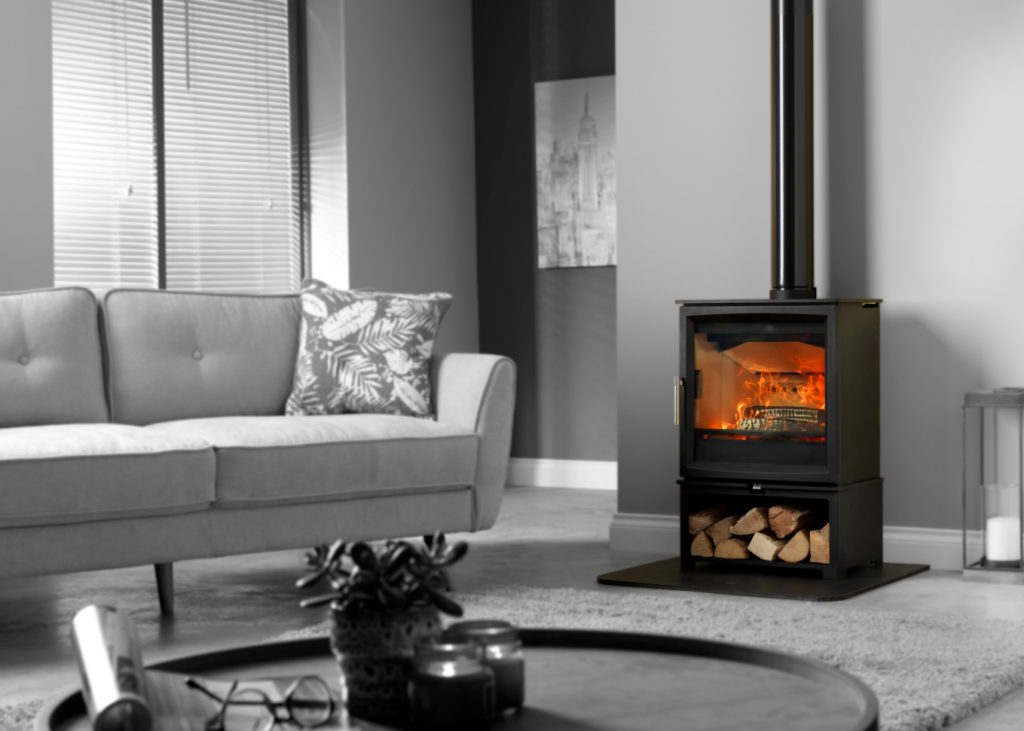Warm Banks This Winter?
Plans are in place to look at communal heating areas to be set up to help keep people warm during the winter. The cost of living crisis is causing significant anxiety as the days become shorter and the nights colder and longer.
Heating a home is simply unaffordable for many.
With inflation set to rise to a 40-year high and the energy price cap to reach shockingly high levels, it’s no wonder why the idea of warm banks has come about. According to the National Energy Action (NEA) 11,400 winter deaths are already caused by cold weather each year. This could be significantly worse this year.

What Are Warm Banks?
Warm banks are simply public places where people can go to keep warm in cold weather when they can’t afford to keep warm in their own homes. Many homes are still using outdated, inefficient appliances such as old gas fires, or ageing stoves, which simply do not have the high efficiencies associated with new appliances. Below you can see efficiency improvements in an Ecodesign stove vs one 10+ years old, and also the huge differences between an Ecodesign stove and an open fire. The corresponding emissions shown on the diagram also speak for themselves.

Regardless of these efficiency levels, some people are simply not in a position to change their heating appliances yet, which puts them in a difficult position. They can’t afford to run their costly appliance but don’t have the funds to change to a more efficient option. This is where warm banks can be invaluable. Warm banks are a safety net – a great idea for those that want to get out of their house and keep warm. The concept of warm banks is not new. Only last year, a community support group in Suffolk set up a «Warm Rooms Project» which provided warm areas for residents to go in cold weather.
The sad truth is that people who can’t afford to heat their homes will often not turn their heating on. While some younger, fitter people will be able to get by with layers of warm clothes, this can be lethal for older members of the community. Warm banks are not the perfect solution, however. Some may not be able to leave their house if they are disabled. They may be able to get out of their house but unable to afford the transportation costs to get them to a warm bank – especially so if they are in a more remote location.
If you’re stuck at home and need to keep warm on a budget here are a few money-saving tips:
1. Thick Curtains – One of the best ways to keep your home warm in the winter is to have thick curtains. Many homes, especially those that don’t have double glazing, will lose a considerable amount of heat through windows.
As curtains are designed to cover windows, it makes perfect sense to ensure you have thick curtains for the winter. Some curtains do have thermal linings, and so you don’t necessarily need to go ultra thick to keep warm.
2. Chimney Balloons – If you have a chimney with an open fire that you no longer use, then you should consider investing in a chimney balloon. Unless you have a gas fire or wood-burning stove fitted then you will be wasting a great deal of heat through an exposed, open fire – as the heat will quickly find its way up the chimney. Chimney balloons cost from £20 and are a very quick and easy fix to creating a warmer home by blocking heat from exiting up the chimney!
3. Giving Radiators Space – Ensure you keep your radiators away from furniture. Having your sofa right up against the radiator may look cosy, but it will absorb a great deal of heat. Giving your radiator a little space will allow all the heat to warm the room up. You can also further help a radiator become even more efficient by fitting reflective foil at the back, allowing it to reflect heat away from the wall it sits on, back into the room.
4. Small Drafts – There are several small drafts around the home, which can all contribute to heat loss. Examples are letterboxes, where brush closers are ideal for stopping junk mail leaflets and excessive drafts. Keyhole covers are great at stopping drafts through keyholes – especially with older homes, which may have more traditional, larger locks fitted. Small drafts in windows can be tackled by fitting double glazing film, which, although not as good as the real thing, is a great deal cheaper.
5. Cover Bare Floors – Did you know that floors that are not insulated can account for up to 12% of total heat loss in a room? If you do not want to use carpet in a room, then using a rug or mat will help.
6. Switch On Your Ceiling Fan – Switching your ceiling fan on in a clockwise direction will help circulate warm air back towards the lower parts of the room. Hot air rises, so switching on your fan will ensure this warm air is pushed back down to where it should be – warming you up!
7. Layer Your Blankets – Fluffy blankets should be closer to your skin, with dense blankets on the outside to help prevent convective heat loss. This can be an efficient way to keep warmer in bed when the heating may be switched off.
8. Switch Between Hot & Cold – A hot shower may warm you up on a cold morning. However, a cold shower will help improve blood flow between your skin and organs, plus talking cold showers are also correlated with an improved immune system. If taking a cold shower is too much then switch between hot and cold and see how that helps you. Using less hot water will save you money too.